Home > Climate News >
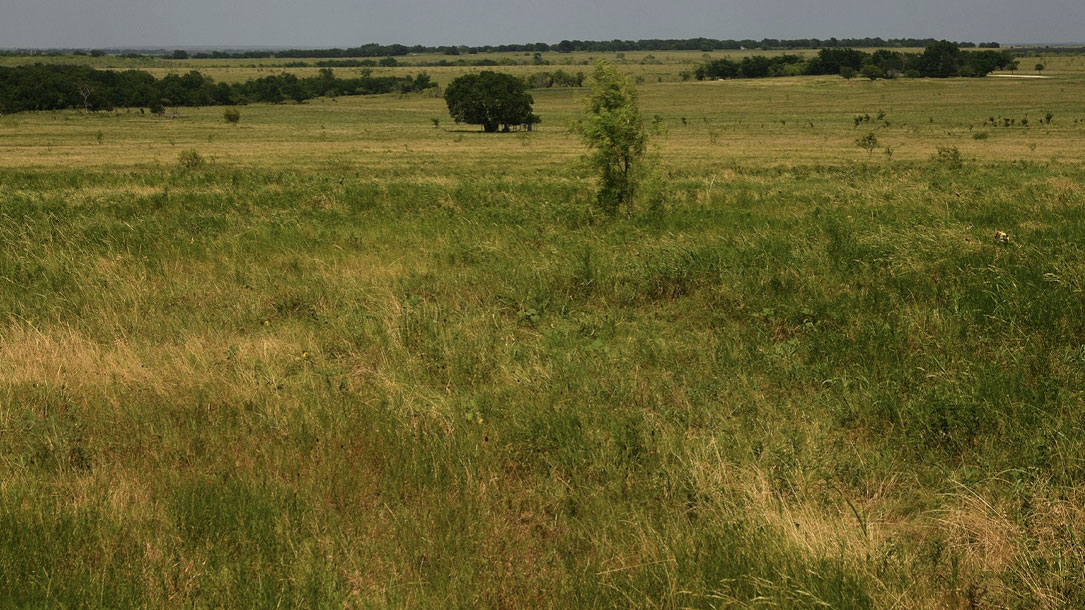
Development by design: Mitigating wind development’s impacts on wildlife in Kansas
Wind energy, if improperly sited, can impact wildlife through direct mortality and habitat loss and fragmentation, in contrast to its environmental benefits in the areas of greenhouse gas, air quality, and water quality. Fortunately, risks to wildlife from wind energy may be alleviated through proper siting and mitigation offsets. Here we identify areas in Kansas where wind development is incompatible with conservation, areas where wind development may proceed but with compensatory mitigation for impacts, and areas where development could proceed without the need for compensatory mitigation.

Saving Oklahoma’s prairies, a vital weapon against climate change
Oklahoma’s 39,650-acre preserve is the world’s biggest protected remnant of a massive grassland ecosystem that once stretched across 14 states, covering 170 million acres. But the grassland has been decimated, and only about 4 percent of the ecosystem remains, most of which is contained in the preserve in Osage County, home to the Native American Osage Nation.
Acting as a powerful carbon storage container, or sink, the grasslands are a vital component in nature’s fight against climate change. Figures vary, but one study estimates that tallgrass can capture up to 1.7 metric tons of carbon per acre per year. In Oklahoma alone, protected grasslands mitigate nearly four metric tons of carbon dioxide per year — the equivalent of taking 4 million cars off the road…
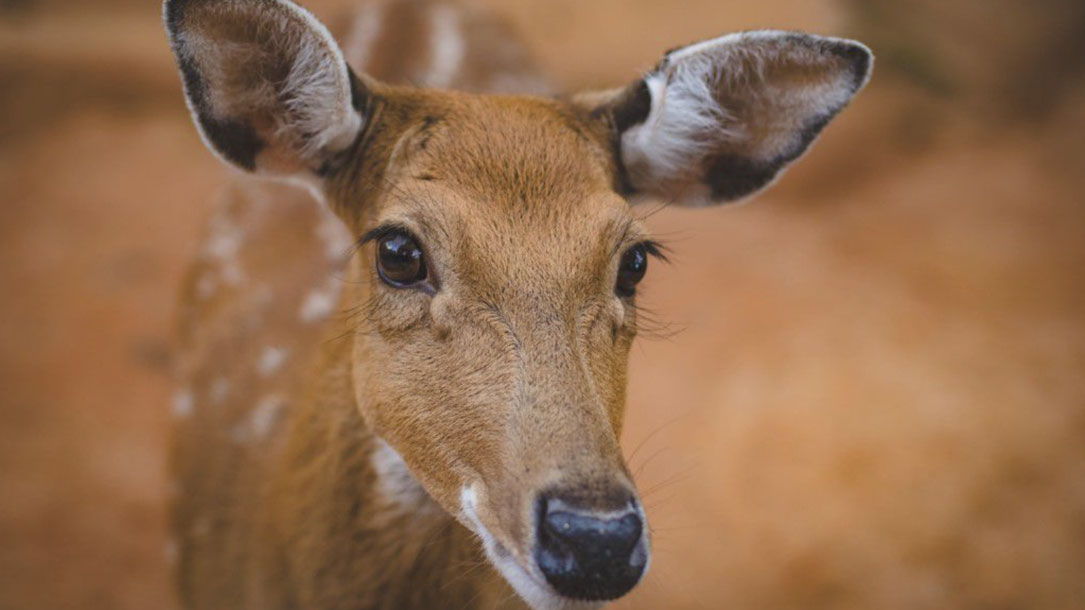
The dire need to combat habitat loss
The modern conservation movement was born out of the hard work and leadership of sportsmen and women who continue to help fund, conserve, manage, and restore natural areas and game populations nationwide.
During the 1800s, the U.S. nearly lost familiar species like mule deer, white-tailed deer, black bear, elk, pronghorn, and wild turkeys to unregulated hunting and market hunting. As populations rapidly declined, hunters led the way to their recovery by supporting ethical, regulated hunting practices…

Report: Habitat loss causing significant impact on game species
A new report from the National Wildlife Federation found game species across the country lost, on average, 6.5 million acres of habitat over the past two decades. It is a trend advocates contended will continue unless lawmakers take action.
Per the report, between 65 and 82 million acres of America’s national forests are in need of restoration. In addition to the 30×30 plan outlined in Biden’s America the Beautiful initiative, Congress is considering the Recovering America’s Wildlife Act, which would allocate nearly $1.4 billion annually to states to implement habitat restoration and conservation strategies.
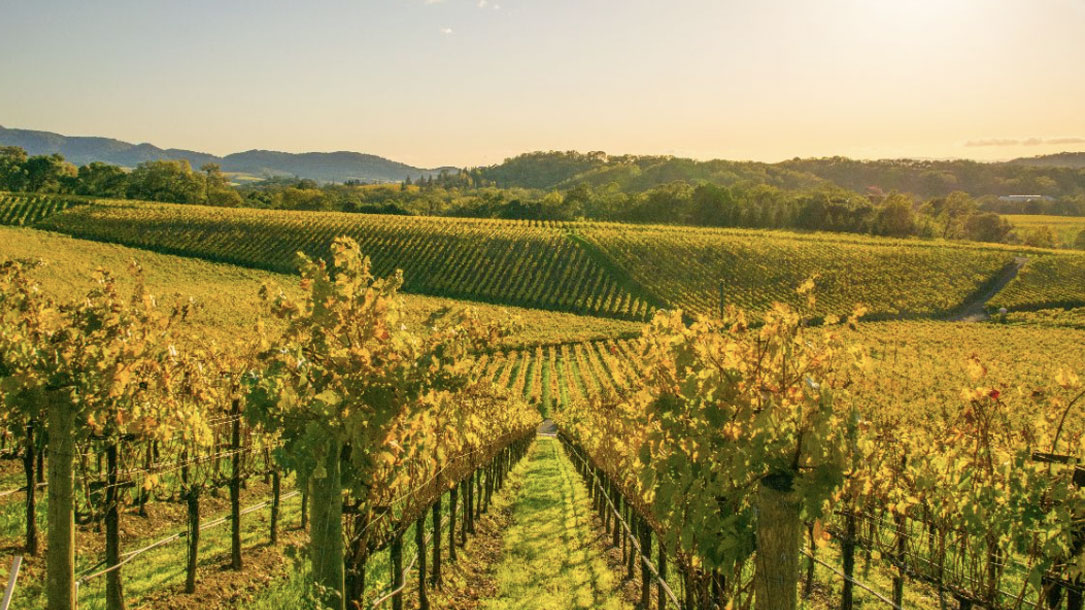
California conservation to address climate change
[In 2021] the Trust for Public Land and JPMorgan Chase announced a $500,000 collaboration to launch The Trust for Public Land’s new California Climate Conservation program, and protect natural and working lands, mitigating climate impacts for people in the Central Coast and Los Angeles County. The program will incorporate California’s climate action strategy and help achieve greater community resilience through nature-based solutions and by engaging with local communities…

Sequestering carbon while making breakfast sweeter
Vermont’s private forests play a key role in mitigating climate change — they store four times as much carbon as the state’s vehicles release each year. Selling forest carbon credits to companies and individuals working to reduce their carbon footprints provides a new source of income for individual landowners like Jessica Boone and Everett McGinley in Vermont’s Cold Hollows region, which helps them protect their forests. Unfortunately, carbon markets can be too costly for most owners of small forest parcels to join.
That’s why the Vermont Land Trust formed Vermont Forest Carbon LLC and teamed up with The Nature Conservancy, the Caron Dynamics Lab at the University of Vermont, and Cold Hollow to Canada, a local land stewardship and conservation organization, helping landowners overcome the cost barrier by working together as a single carbon project.
This is the first large-scale aggregated forest carbon project in the country, with fifteen neighbors teaming up to sell carbon credits from their land…
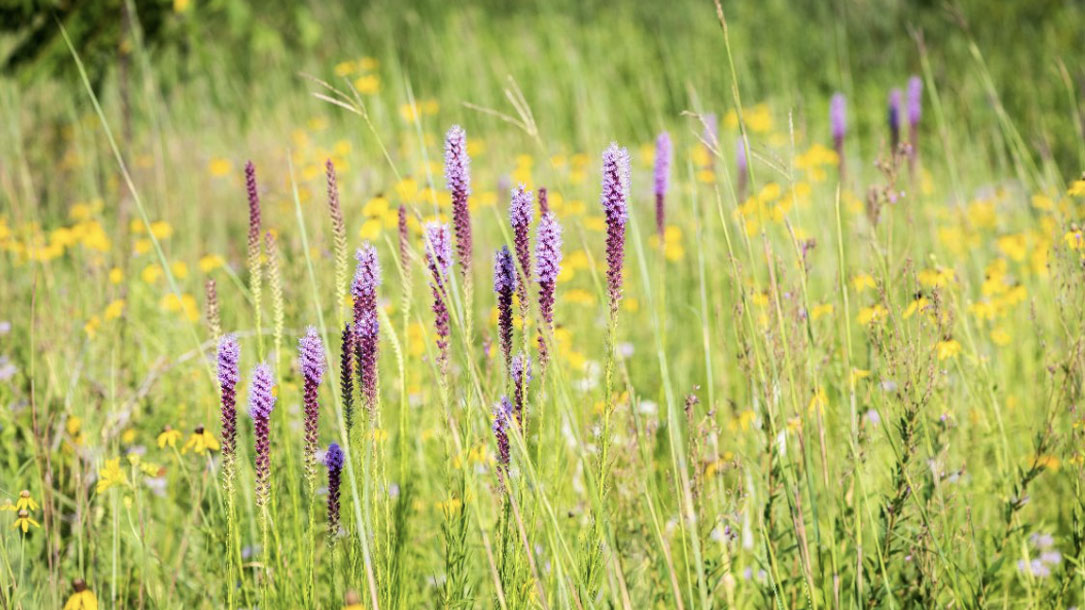
Community-level assisted migration for climate-appropriate prairie restoration
Given the rate of movements of “climate envelopes,” the principle of use of only locally occurring species and genotypes in habitat restoration is questionable at best. Some local species may be lost entirely if their “climate envelopes” move outside the local area.
Multiple species that grow elsewhere would thrive in restorations if they were able to migrate to new locations, but this is prevented by the speed of climate change and the difficulty of dispersal across fragmented landscapes. To restore the natural process of migration, restorations should include…
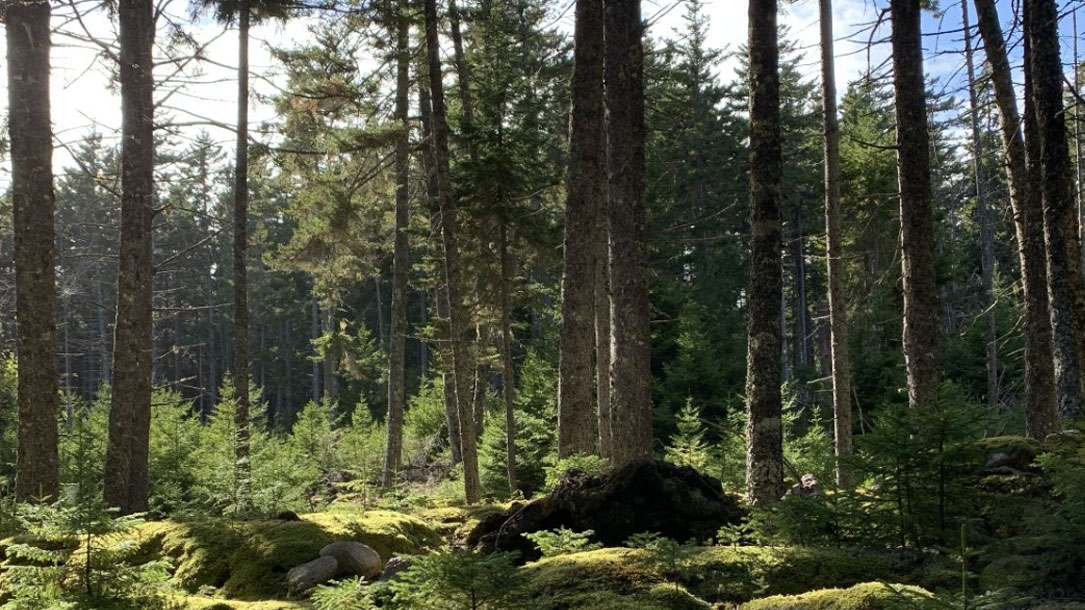
Earth’s coldest forests are shifting northward with climate change
New research from Northern Arizona University shows rising temperatures are causing Earth’s coldest forests to shift northward, raising concerns about biodiversity, an increased risk of wildfires, and mounting impacts of climate change on northern communities…
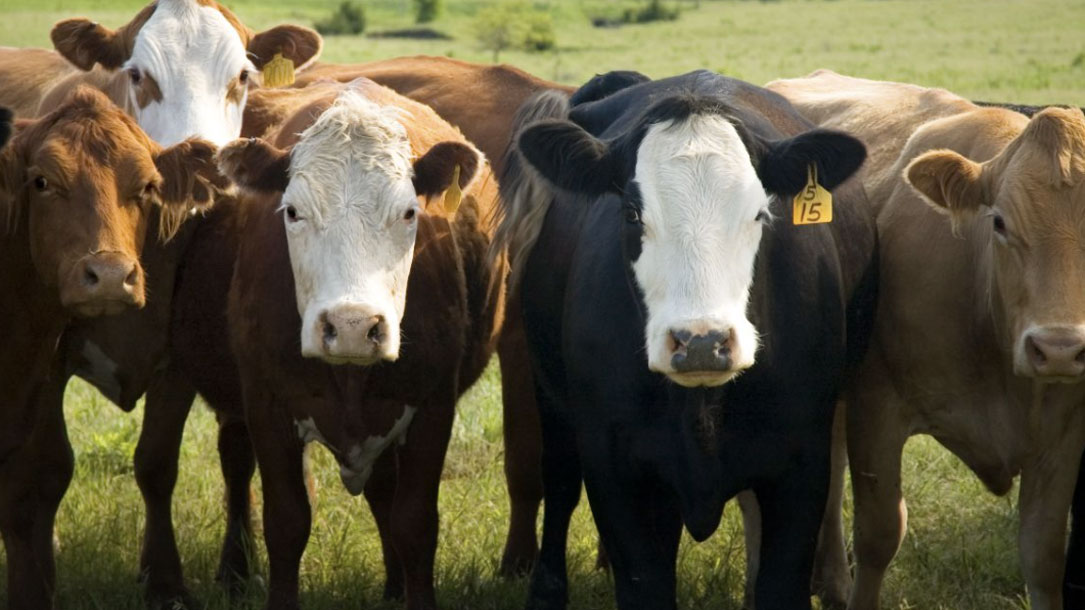
Regenerative ranching is better for the environment, but can it be profitable?
Ellis tells me that she did the math, and the amount of beef she produces on her ranch in a year is about the same quantity that McDonald’s uses globally in 45 minutes. “I’m this tiny blip on the radar,” she says. “But if I could get all ranchers across the nation doing the job sustainably, then we’d have a lot of clout.”
She says most consumers have no idea if their beef comes from a ranch with environmental goals. “I want to give them that choice”…
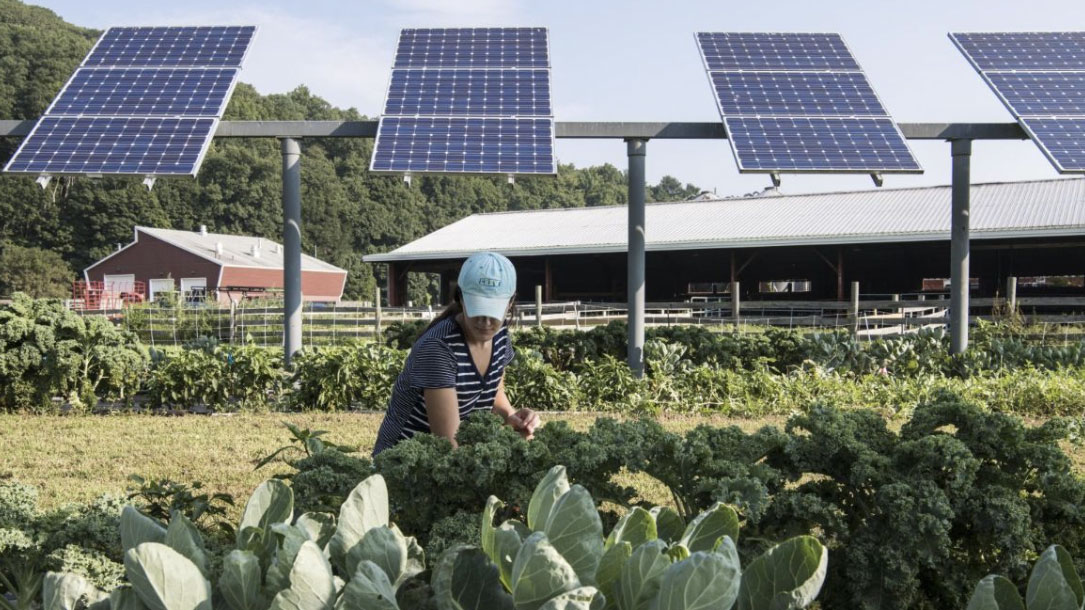
Farms under threat: the state of the States
American Farmland Trust’s new report used spatial mapping analyses of agricultural land conversion to provide unprecedented insights into the status and fate of American farmland. Our findings and maps of agricultural land at the state, county, and even sub-county levels show that between 2001 and 2016, 11 million acres of farmland and ranchland were converted to urban and highly developed land use (4.1 million acres) or low-density residential land use (nearly 7 million acres).












